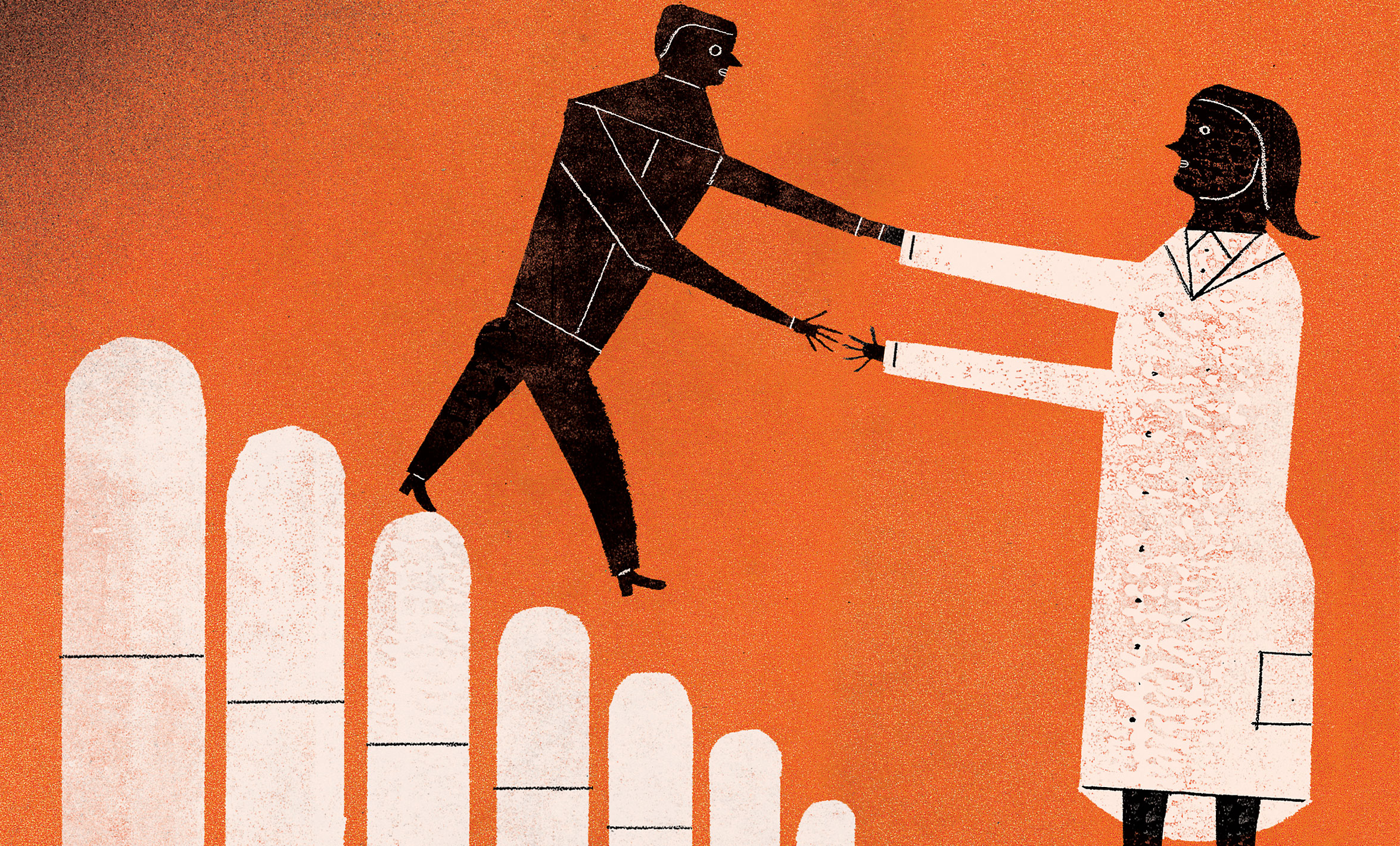A New Strategy for Opioids—Ethical Prescribing
Cutting the supply of painkillers isn’t solving the opioid epidemic.
America’s got a problem with prescription opioids, and we know it. But nearly everything we’ve done in response has just hurt more people.
Our disastrous relationship with opioid painkillers did indeed demand a rapid response. From 1999 to 2010, opioid prescriptions quadrupled. And during that same period, overdose deaths from prescription opioids also quadrupled. The 76 billion oxycodone and hydrocodone pain pills distributed in the U.S. from 2006 through 2012 contributed to almost 100,000 deaths during that period.
Given that America was awash in pills and deaths were soaring, experts reasoned that supply caused the problem so cutting the supply would solve it. Sadly, that war on drugs mentality has never worked. It didn’t work when it came to illicit drugs, and it was never going to work when it came to prescription drugs.
So America began to restrict access to opioids. But not only did this ham-fisted approach decisively not solve the opioid epidemic, it created two new crises. First, legacy patients who have been taking high doses of opioids for pain for years are being abandoned as physicians refuse to fill their prescriptions. They are often left on their own to face terrible withdrawal symptoms (which frequently include a terrible increase in pain).
Second, as the supply of pills has dried up, some of those with opioid use disorder have turned to another opioid—heroin—that is cheap and widely available. As heroin demand increased, dealers tried to increase profits by cutting it with fentanyl, which is 50–100 times more powerful than morphine. That caused a devastating spike in overdose deaths. The result is that heroin and illicit fentanyl now kill more people each year than prescription opioids do.
Our pain treatment practices and our failed response to this terrifying crisis are hurting everybody. More Americans die from opioid overdose each year than ever died at the height of the HIV/AIDS epidemic, and we’re also abandoning pain patients.
How do we fix things? As a bioethicist and someone who has struggled with opioid dependence, I suggest that we won’t fix pain medicine until we stop trying to reduce supply and aim instead for ethical prescribing.

I agree that clinicians must not prescribe the way they did from 2000 to 2010; it was reckless and caused a lot of harm. But we must address overprescribing while simultaneously avoiding under-prescribing. We can do this by adhering to the three tenets of ethical prescribing: appropriate initiation, management, and deprescribing.
What the supply focus did get right is that clinicians should initiate opioids only when appropriate. The first question must always be: Are opioids necessary? If opioids can be avoided, they should be. A single day’s prescription carries with it a 6% risk that a patient will still be on opioids a year later. That’s a seriously adverse outcome.
For years, patients would get a bottle of Percocet for a wisdom tooth extraction or a broken arm. Evidence now shows that ibuprofen and acetaminophen work just as well or better than low-dose opioids for this sort of moderate pain.
When opioids are appropriate, clinicians should prescribe no more pills than necessary. Although we’ve used opioids aggressively for years, no one actually knew how many pills people needed for a given procedure or injury. Only now are we starting to get that data, and it turns out that patients can often make do with half the number of pills historically prescribed or fewer. This is crucial because every additional day added to a prescription increases the likelihood that a patient will still be on opioids a year later.
The second component of ethical prescribing is appropriate management. Patients need more than just a prescription—they need counseling and close follow-up. Whether it’s the prescriber or another clinician, someone must manage each patient over the life of the prescription—starting with a detailed discussion of risks and benefits and continuing for the duration of the therapy. The era of “prescribe and forget” must end.
Finally, prescribers must have an exit strategy for any opioid they initiate, including a humane tapering plan. In my own case, this was the most egregious violation, as none of the dozen or more clinicians who prescribed for me would help taper the medication. And the advice they did give led to agonizing withdrawal—the kind of withdrawal that could lead one to go back on the medication (and stay there). Given that dependence typically develops in patients taking opioids after about a week, knowing how to wean dependent patients is not an optional aspect of pain care. Deprescribing is part of ethical prescribing.
When I consult with hospitals on this issue, many are receptive to the need for ethical prescribing but don’t know how to structure their institutions to achieve it. Surgeons, for instance—whose time is worth a lot of money—are not going to do the detailed work of following up with patients. But someone has to. Who? To address issues like this, hospitals, physicians, nurses, insurance companies, policymakers, regulators—everyone—has to be at the table so we can truly fix pain medicine.
Ethical opioid prescribing will not, by itself, solve every facet of America’s drug overdose epidemic, but it is key to turning the tide. And turn the tide we must. Because we have already lost too many of our friends, family members, and neighbors to this crisis. We’ve all witnessed too much avoidable suffering. America’s opioid problems demand an effective—and ethical—solution. Now.
Travis N. Rieder, PhD, is director of the Master of Bioethics degree program at the Berman Institute of Bioethics and a faculty affiliate at the Bloomberg School’s Center for Public Health Advocacy. He is the author of In Pain: A Bioethicist's Personal Struggle with Opioids.
